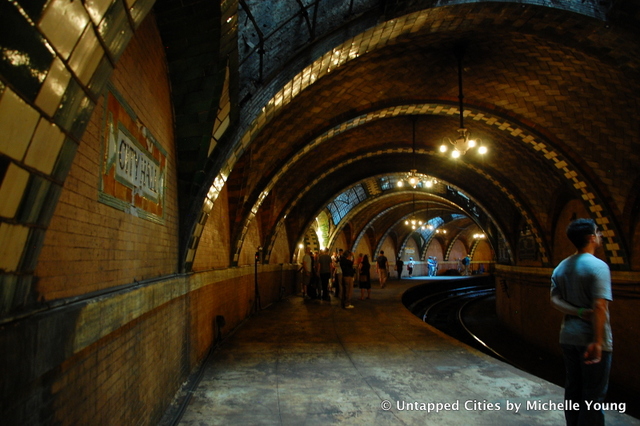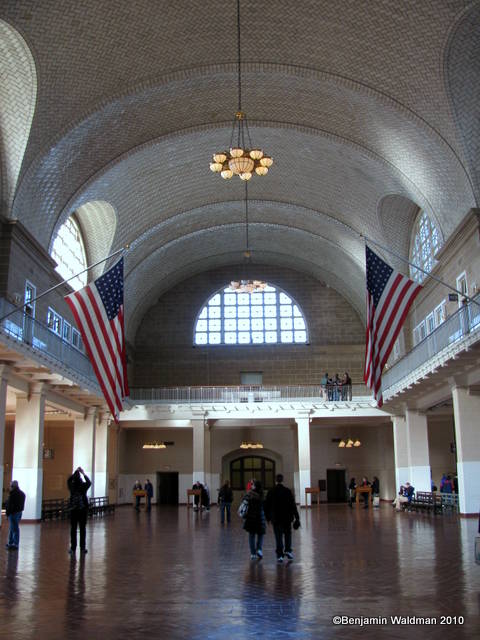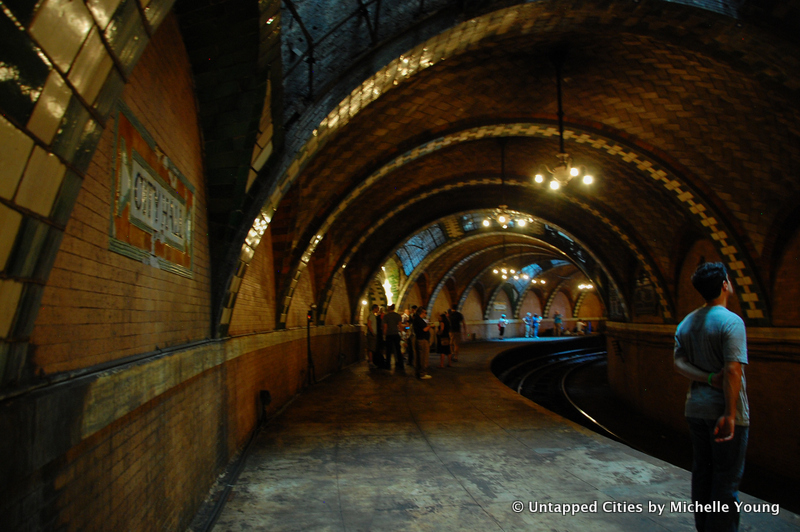
You see tile everywhere around you — from the walls of your subway station to the floor of your bathroom. But do you ever really consider just how old tile is (dates back to ancient Egypt), or the incredible fact that the there are still limitless architectural possibilities for the material? Join the Museum of the City of New York and the American Institute for Architecture on July 7th at 6:30 p.m. to hear a panel discussion moderated by Suzanne Stephens, deputy editor of Architectural Record, about the use, design, and manufacture of modern tiles. Panelists include Carla Swickerath, CEO and Principal at Studio Daniel Libeskind, Franz Prinsloo, architectural designer at Kohn Pedersen Fox, and Matthew Karlin, the third-generation president of the Nemo Tile Company.
This event is relevant to the current exhibition at the museum, “Palaces for the People: Guastavino and the Art of Structural Tile.” For those of you who haven’t had a chance to check out the exhibit, the Guastavino Company built some of the most famous landmarks in New York City such as the Oyster Bar in Grand Central, Ellis Island Registry Station, and the Cathedral at St. John the Divine. The Guastavino Company is known for their beautiful vaulted tile ceilings and other marvels of engineering and architecture built between the 1880s and the 1950s. There are over 200 known Guastavino structures in New York City alone.
 The Ellis Island Registry
The Ellis Island Registry
Guastavino’s tile vaulting is built from several layers of thin bricks, set in place with a fast-setting plaster. They need no support from below, and they are lightweight, low maintenance, fireproof, and capable of supporting heavy loads.
However, because of their cost and craftsmanship, ceilings such as these would never be built today. Modern architects use a computer software which determines whether a design will stand or not, and according to the Guastavino exhibit curator, when the stats of a Guastavino staircase were entered into this software, it was given a 0% chance of survival. If you don’t believe it, check it out for yourself, because this staircase still stands in the St. Paul Chapel at Columbia University.
Though replicating a Guastavino ceiling is costly, difficult, and frankly out of fashion, his legacy is continued through the current popularity of structural tile. Come join modern architects and designers in a discussion about how they deviate away from and stay in touch with Guastavino as they build with tile today.
For more Untapped Events, check out our events page here. This panel will take place on Monday July 7th at 6:30 p.m. at the American Institute of Architecture at 536 LaGuardia Place between West 3rd Street and Bleecker Street. Tickets are $10 for adults, and free for AIA/MCNY members and students. RSVP here.






